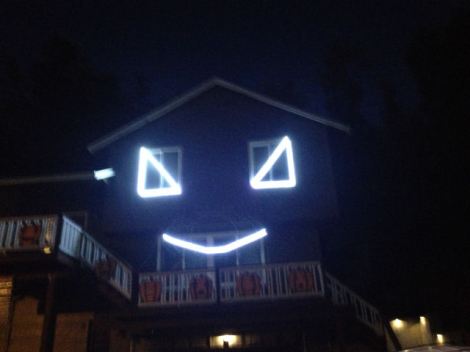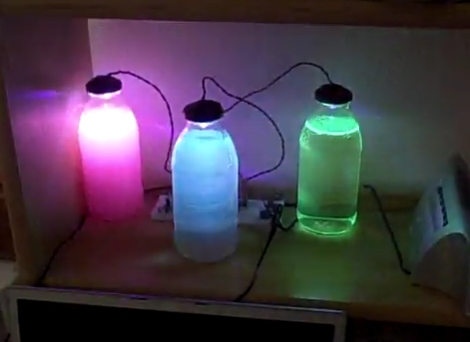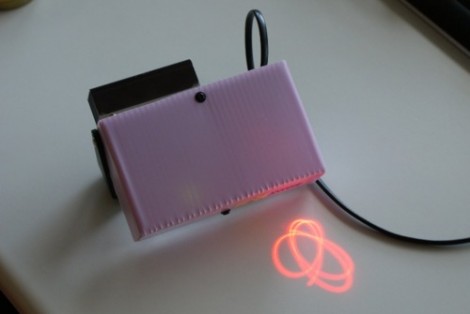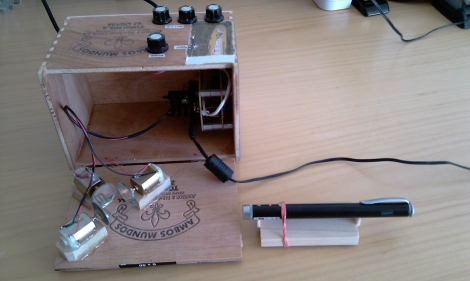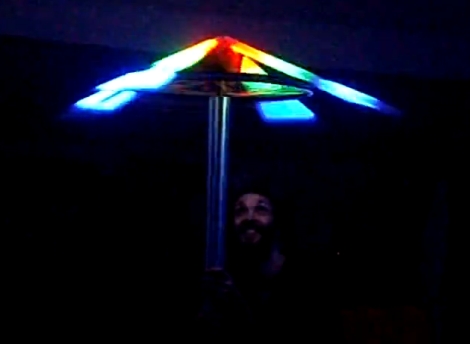This is [Dave]’s second year of putting on a Halloween light show (cache), and his latest production has received some upgrades over last year’s Christmas show. He’s switched from Christmas style bulb lights to high brightness LEDs, and upgraded to 48 channels of control.
The controllers are from Light-O-Rama, and each provides 16 output channels. They communicate over RS-485; the same type of network used for controlling professional theater lights with the DMX512 protocol. The whole thing is powered by a 20 A DC supply from some Chinese retailer.
[Dave]’s show features light up pumpkins, tombstones, and faces mounted on his house. The lights are coordinated to a list of songs that he plays over an FM transmitter, allowing for cars to tune into the music that’s synced up with the lights.
If you happen to be in Estacada, OR, you might want to head over to [Dave]’s and check out the show in person. Otherwise, there’s two videos of the light show after the break.

